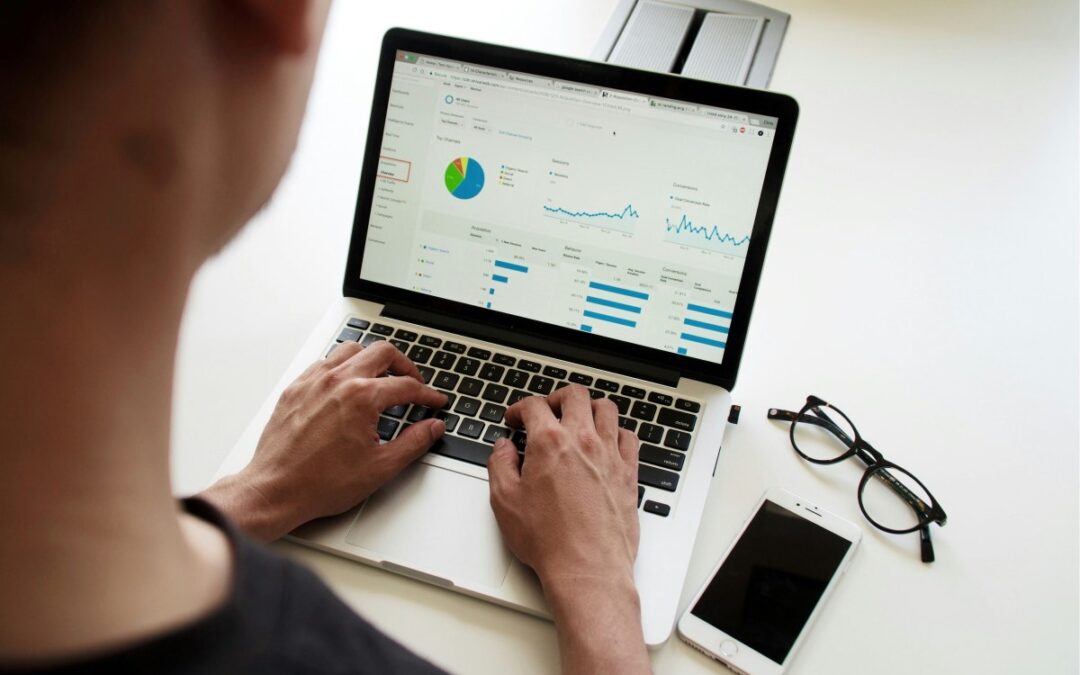
Business Credit: Using Loans to Grow Your Business
Whatever stage you’re at in the business journey, having an injection of additional working capital is always welcome.
Being able to borrow money and take on managed debt in the business is what allows you to fund the next stage in your growth.
But how does your credit profile affect your ability to borrow as a business? And what types of debt financing will help you expand, grow and scale up the company?
Let’s explore the impact of your risk rating and the types of finance that may be available.
Your credit profile is a measurement of your risk as a borrower. It’s how banks and specialist business lenders assess whether you’re a good business to lend to.
Lenders want to know you have the revenue and cashflow needed to repay a loan. This will generally be assessed based on your business credit score and your overall financial health and forecasted business performance.
With a good business credit score, your application for a loan is more likely to be accepted. With a poor credit profile, those doors to potential lending are more likely to be closed.
What is debt financing and how does it help you borrow money?
Debt financing is the process of borrowing money from a lender and paying it back over a pre-agreed timeline through regular repayments.
This is how it will typically work:
-
- You apply for a loan, with supporting documents showing your financial health
- The lender analyses your risk profile
- If you’re successful, the lender lends you the money
- You take on this debt in the business
- You use the capital to invest in growth
- You gradually reduce the debt by repaying the loan
Are there risks associated with taking on debt?
There are obviously risks associated with taking on any kind of business loan.
Too much debt can be a financial burden. But well-managed debt can be the key to financing the expansion of the business, whether it’s hiring more staff, or investing in new equipment. What types of loans and financing are available?
There are a multitude of different loans, financing options, lines of credit and government grants available to you. Knowing what’s right for your business, and specific funding needs, is down to understanding how each type of financing works
Here’s a breakdown of the common ways of borrowing:
1. Unsecured loans:
Unsecured loans allow you to borrow funds without offering any collateral – collateral being assets you offer to guarantee the loan. Because there’s no collateral guarantee, unsecured loans will generally be for smaller amounts, with higher interest rates.
Unsecured loans are typically used for flexible purposes like working capital or marketing campaigns, leveraging the business’s creditworthiness and cashflow for growth.
2. Secured loans:
Secured loans require collateral, like business assets or property, as a guarantee. Due to the lower risk for the lender, you’ll generally be able to access larger sums of money and lower interest rates with a secured loan.
Secured finance is usually used to fund significant investments, such as buying expensive machinery or expanding your operations by creating new branches.
3. Asset finance:
Asset finance helps you acquire specific high-value assets, like vehicles, machinery, or technology, without a large upfront payment.
There are various types, including:
-
- Hire purchase, where you have use of the asset and gradually repay the cost to the lender over an agreed amount of time, with an option to own the asset at the end of the term.
- Finance lease, where the lender buys the asset and leases it to you for a fixed term. You’re responsible for maintenance and insurance, but you can buy the asset at the end of the term.
- Operating lease, where you rent the asset from the lender, but without the intention of owning it. The lender retains all the risks and rewards of ownership, including the residual value.
Using asset finance helps to preserve your cash flow while giving you the essential tools that you need to grow and expand the business.
4. Commercial property loans and bridging loans:
Commercial property loans are long-term mortgages that you can use to buy commercial premises. Bridging loans are short-term loans that are usually used to ‘bridge’ the gap when waiting for other finance to be secured.
Both types of loan are secured by property, allowing you to finance your expansion, purchase new land or manage cashflow between property transactions.
5. Lines of credit:
Lines of credit provide a flexible revolving fund up to a set limit, often used for daily cashflow needs. Credit will usually need to be repaid monthly, depending on the terms of the agreement.
Types of business credit include trade credit, where your suppliers extend an agreed amount of credit, and business credit cards, which are ideal for managing working capital and extending cashflow during the expansion of the business.
6. Government grants and tax incentives:
Not all means of financing involve debt financing. In some situations, there are government grants and tax incentives that can be used to fund your company’s growth.
Government grants allow you to make use of money from the government, without having to pay back the funds. Tax incentives are usually used for specific purposes like research and development (R&D), creating jobs or entering new markets. They’re a great way to cut your corporation bill and fund new growth without incurring debt.
The following content was originally published by BOMA. We have updated some of this article for our readers.




